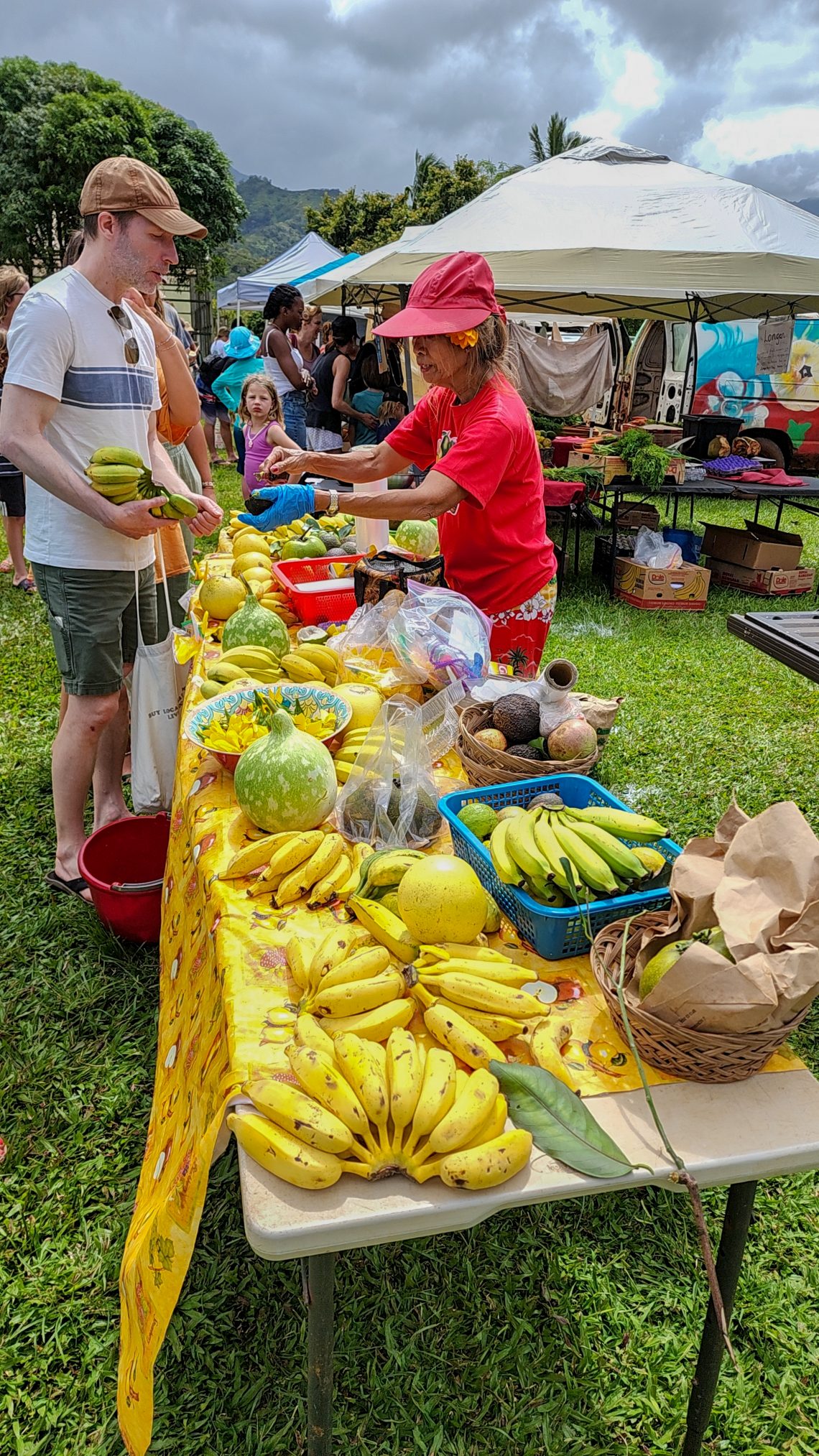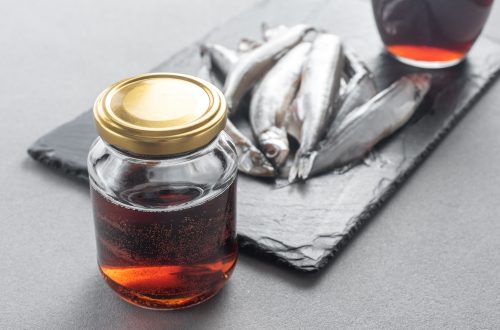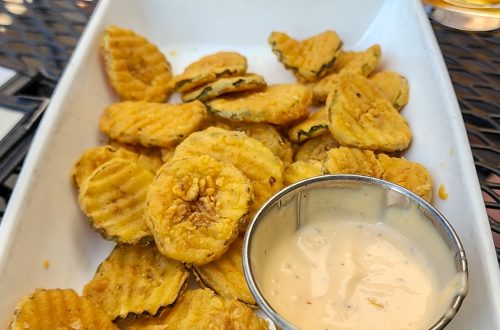
The Culinary Melting Pot That Is Hawaii
When many Americans think of Hawaiian food, pineapple likely is the first that comes to mind. But that’s more a testament to the strong advertising of Dole and Del Monte in the mid-20th century than the actual cuisine. As for me, Hawaii presents an ideal format for examining what elements contribute to the modern food traditions of a particular area. For my research, I relied heavily on author Alana Kysar, whose Aloha Kitchen cookbook offers a concise history of the various contributors to Hawaiian food traditions.
Polynesian settlers
Kysar points out that Hawaii was uninhabited by humans until after 300 A.D. at the earliest. The first settlers who came from Polynesia found a culinary blank slate: fertile volcanic soil, fish, birds, and few edible plants beyond some ferns and nuts. These settlers had planned ahead for their future, stocking their ocean canoes with some of the foundational elements of today’s Hawaiian cuisine: pigs, chickens, and a couple dozen plants. Those “canoe plants” included coconut, breadfruit, sugarcane, mountain apples, arrowroot, turmeric, ginger, sweet potatoes, candlenuts, and bananas. They brought plants that were their own mainstay carbohydrate, taro root, which they used to create poi. Fish and poi were their “meat and potatoes,” while the pork was reserved for special occasions. Cooked in an earthen oven or imu, the pork, together with the taro roots, sweet potatoes, and other local, seasonal fruits and vegetables, comprised what we would recognize as an early lῡ’au.
British and American invaders
Those food traditions remained static until late 1778 when Captain Cook “discovered” the islands. His crew introduced goats, sheep, and English hogs as well as melons, pumpkins, and onions to the local inhabitants. In 1793, another British captain gave Hawaiian King Kamehameha some Californian longhorn cattle. Without natural predators, the beef rapidly multiplied, literally eating the Hawaiians out of house and home. Kamehameha’s grandson, who had heard of Mexican vaqueros, invited them to the islands to teach the locals how to wrangle. They not only brought their beef barbecue recipes, but also their guitars, which they left to the Hawaiians (without lessons – which led to development of the Hawaiians’ slack key guitar technique).
Other explorers and whalers continued their influence on the island’s agriculture as well as cuisine. A Spanish botanist cultivated the first pineapples in the early 1800s. And Protestant missionaries from the U.S. led efforts to cultivate sugar cane. By the 1830s, pineapple and sugar production exploded, but the Westerners had also introduced diseases that devastated the native population.
Workers from China, Japan, and Portugal
To work the plantations, planters brought the first group of Chinese to the islands in the 1850s with five-year labor contracts. Almost two-thirds stayed when those contracts ended. The demand for their own traditional food led the Chinese to turn vacant taro patches into rice paddies, quickly making rice one of the largest crops. They also imported their own spices and introduced both stir-fry and dim sum, which added pῡpῡs to the Hawaiian menu. In 1868, Japanese laborers arrived to work the pineapple and sugar fields. And like the Chinese, they hungered for their own food traditions. They brought in and began growing green onions, string beans, eggplant, turnips, kabocha squash, and daikon. Added to the Hawaiian diet were bentos, sashimi, tofu, and soy sauce together with new steaming and broiling methods.
The next major immigration brought the Portuguese, who came in the later 1800s to work the plantations. Instead of just single men or women, this group tended toward whole families. They added to the Hawaiian food pantheon their love for pork, tomatoes, and chili peppers. And many opened bakeries and restaurants, introducing Portuguese sweet bread, bean soup, sausages, and malasadas (a filled donut-like sweet). Lastly came the Koreans in the early 1900s together with their Kim Chee and kalbi meat dishes, and the Filipinos a few years later who popularized for Hawaiians pork adobo and cascaron (a sweet dessert made with fried glutinous rice flour).
Add all this diaspora together and you get modern Hawaiian cuisine. Every time I visit, I thank them for the fish caught in the ocean and the cultivated fruits and vegetables, as well as Kalua pig, poke, and shave ice. With this assortment of influences from cultures around the world, they’ve developed a distinctive cuisine that encompasses a variety of flavors enhanced by the freshest of ingredients. Keu a ka ‘ono. That’s bon appetit in Hawaiian.
I’d like your comments, but I am also looking for new ideas for blogs. Please click on the headline to view the blog on the website. You can log in and comment at the end of the blog to share your thoughts and start a discussion.
If you’d like to share the blog, click on the Facebook icon or one of the others. Thanks!





3 Comments
Tracy May
This is fascinating. I didn’t know about the wave of Portuguese immigrants. Thanks for the history lesson.
Chuck Kennedy
Love your treatise on Hawaiin cuisine. When we were in Kauai, We almost subsisted on Mahi sushi, or surimi, whatever. The fish was so fresh. We’re now in Brittany eating lots of seafood, including winkles.
Be back in June.
Chuck & Anzie
Farmboy
Thank you both for your comments. We enjoyed our time in Hawaii, but are now back in New England.
Farmboy